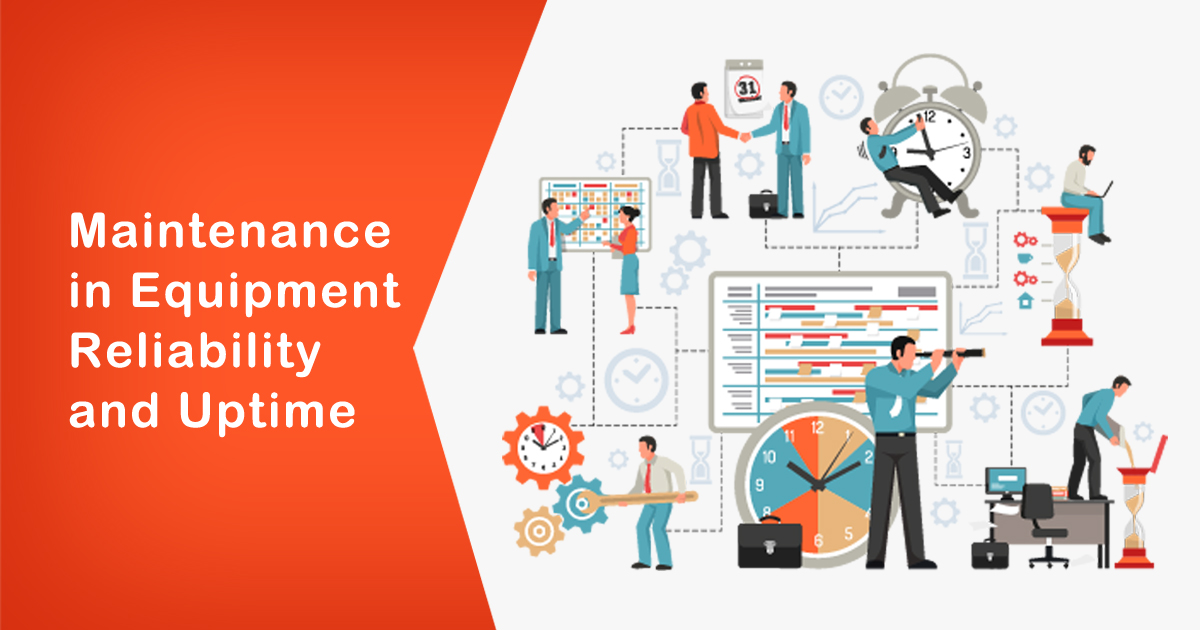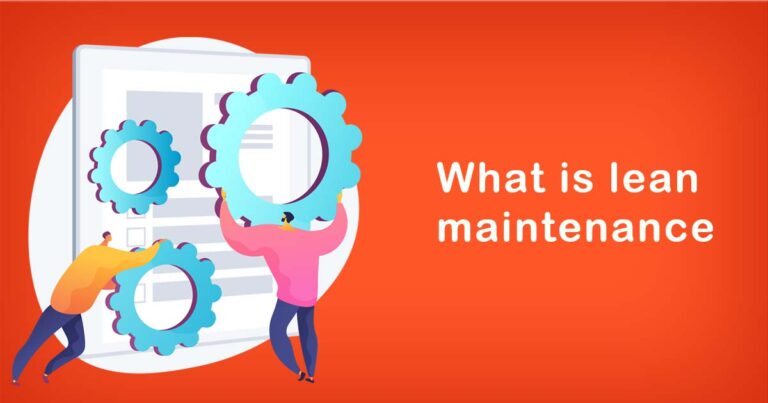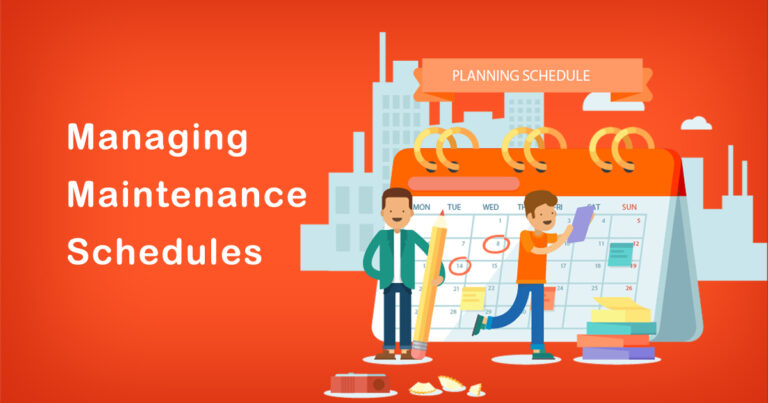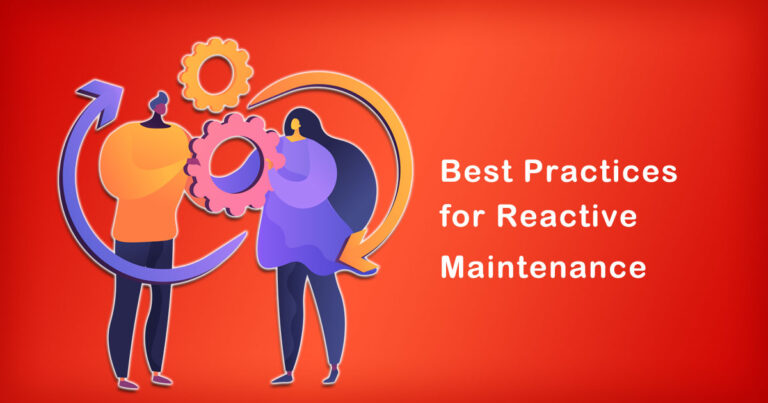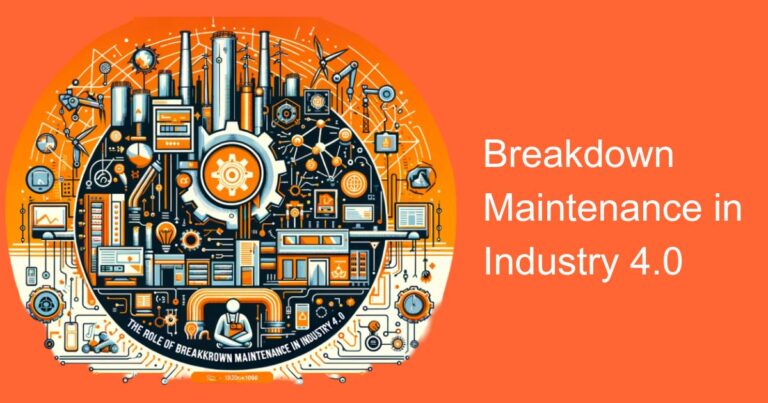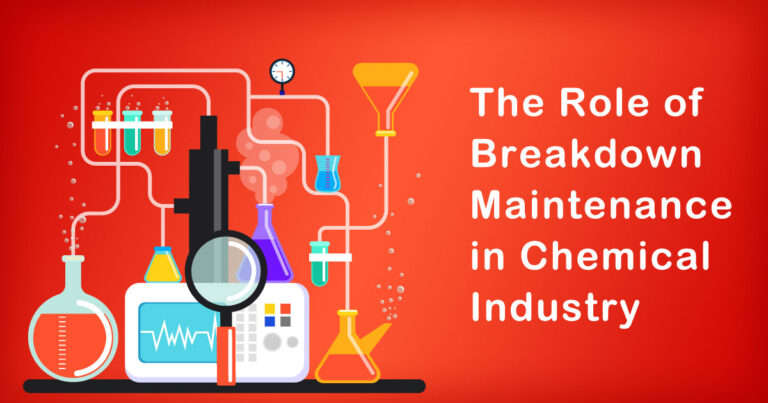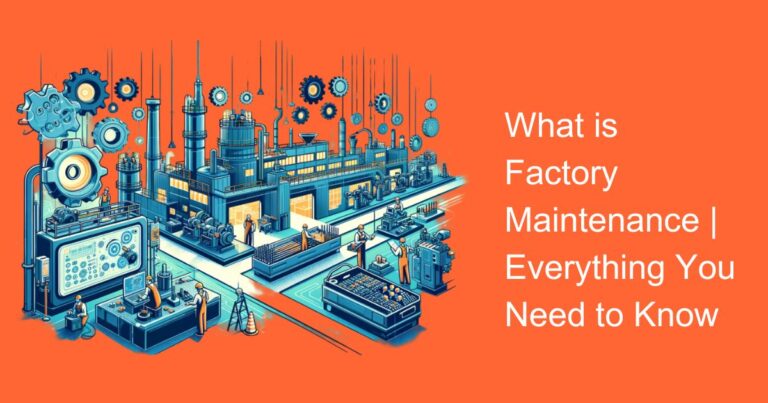Introduction
Equipment reliability and uptime are crucial factors for businesses that rely on machinery to carry out their operations. Downtime can result in production delays, decreased efficiency, and financial losses. To maintain equipment reliability and uptime, businesses must implement an effective maintenance strategy. One such strategy is lean maintenance, which has gained popularity in recent years due to its effectiveness in reducing downtime and improving equipment performance. In this blog post, we will discuss the role of lean maintenance in equipment reliability and uptime.
What is Lean Maintenance?
Lean maintenance is a maintenance strategy that focuses on eliminating waste in maintenance processes while improving the reliability and performance of equipment. It is based on the principles of lean manufacturing, which aim to increase efficiency, reduce waste, and improve quality. The goal of lean maintenance is to minimize downtime, reduce maintenance costs, and improve equipment uptime.
The Role of Lean Maintenance in Equipment Reliability and Uptime
- Predictive Maintenance
One of the primary advantages of lean maintenance is its ability to predict when maintenance is required before equipment failure occurs. This is achieved through the use of advanced sensors and monitoring systems, which provide real-time data on the condition of equipment. This data can be analyzed to identify trends and patterns that indicate when maintenance is required. By predicting maintenance requirements, businesses can plan maintenance activities in advance, reducing downtime and improving equipment uptime.
- Preventive Maintenance
Preventive maintenance is another key component of lean maintenance. This involves regularly scheduled maintenance activities that are designed to prevent equipment failure. Preventive maintenance activities can include equipment inspections, cleaning, and lubrication. By performing these activities on a regular basis, businesses can extend the life of their equipment, reduce downtime, and improve reliability.
- Continuous Improvement
Continuous improvement is a core principle of lean maintenance. This involves a continuous cycle of identifying areas for improvement, implementing changes, and measuring the results. By continually improving maintenance processes and procedures, businesses can reduce waste, improve efficiency, and increase equipment uptime.
- Root Cause Analysis
When equipment failure occurs, it is essential to identify the root cause of the problem to prevent it from happening again. Root cause analysis is a problem-solving technique used in lean maintenance to identify the underlying cause of equipment failure. By identifying the root cause, businesses can implement corrective actions to prevent similar problems from occurring in the future, improving equipment reliability and uptime.
- Training and Development
Another key component of lean maintenance is employee training and development. Employees must be trained on maintenance procedures, equipment operation, and troubleshooting techniques to ensure that they can effectively maintain equipment. By investing in employee training and development, businesses can improve maintenance quality, reduce downtime, and increase equipment uptime.
Benefits of Lean Maintenance
Implementing a lean maintenance strategy can provide numerous benefits for businesses, including:
- Reduced Downtime: Lean maintenance can help reduce downtime by identifying maintenance requirements in advance, preventing equipment failure, and minimizing the time required to repair equipment.
- Improved Equipment Reliability: By performing regular maintenance activities, identifying the root cause of equipment failures, and implementing corrective actions, businesses can improve the reliability of their equipment.
- Increased Efficiency: Lean maintenance can help improve maintenance efficiency by reducing waste, improving processes, and focusing on continuous improvement.
- Cost Savings: By reducing downtime, extending the life of equipment, and improving maintenance efficiency, businesses can realize significant cost savings.
Conclusion
Lean maintenance is an effective maintenance strategy that can help businesses improve equipment reliability and uptime while reducing maintenance costs. By implementing predictive and preventive maintenance, continuous improvement, root cause analysis, and employee training and development, businesses can achieve significant benefits. With its focus on eliminating waste and improving efficiency, lean maintenance is a valuable tool for businesses that rely on machinery to carry out their operations.


